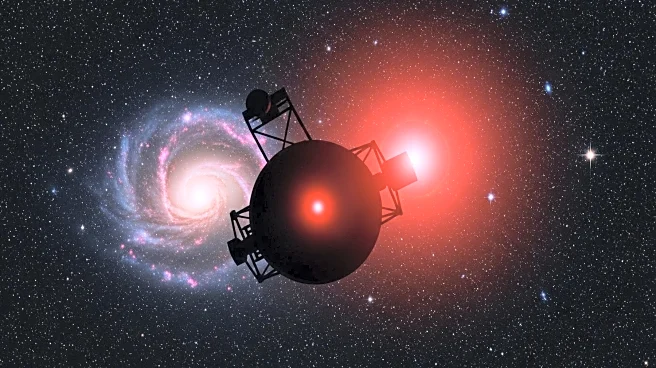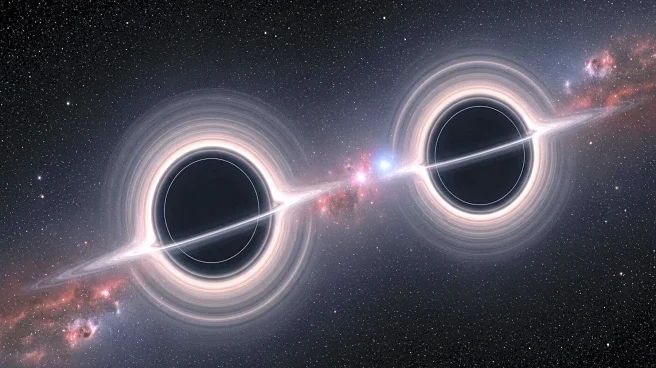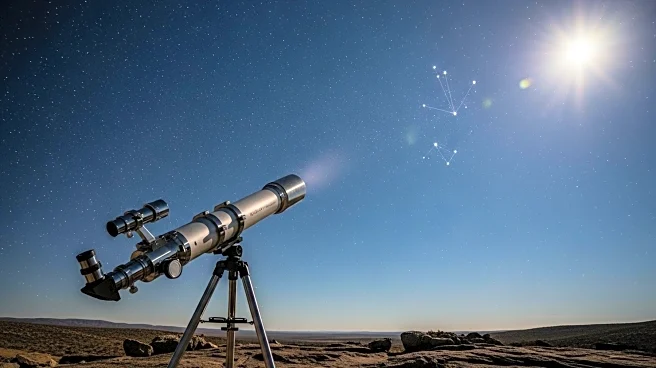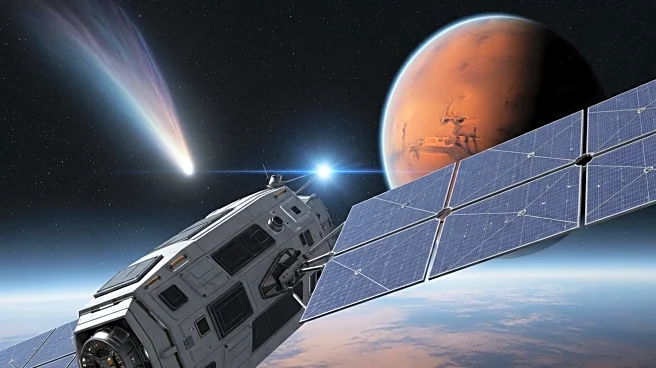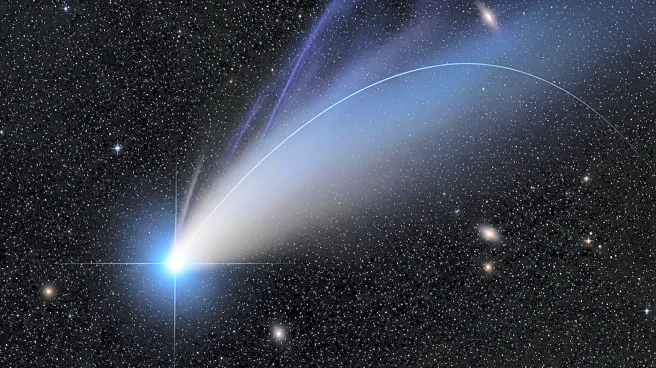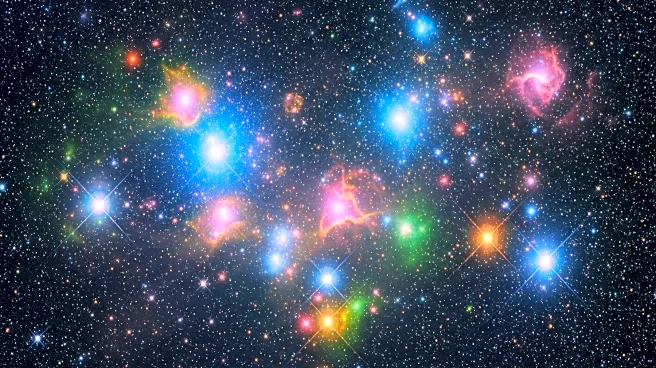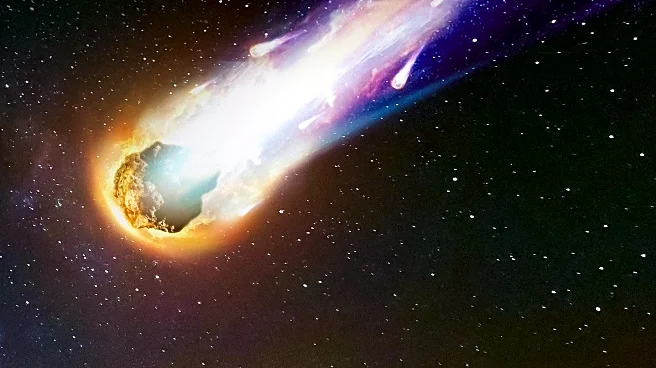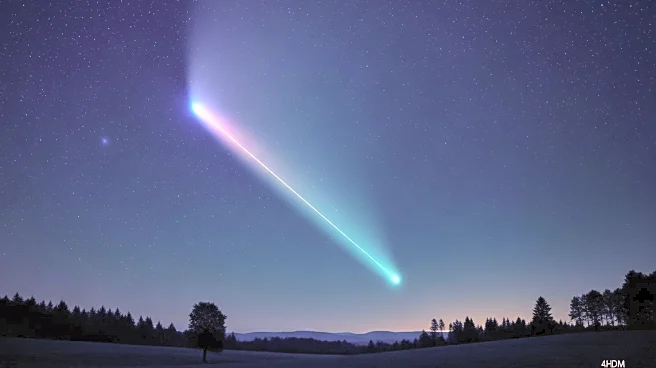What's Happening?
Astronomers have identified a new trans-Neptunian object, 2023 KQ14, nicknamed Ammonite, which belongs to the rare class of sednoids. This discovery was led by Ying-Tung Chen from the Academia Sinica Institute of Astronomy and Astrophysics. The object has a perihelion of 66 astronomical units and a semi-major axis of 252 astronomical units, indicating a stable orbit over billions of years. This finding challenges existing models of the solar system's formation, suggesting the presence of a hidden outer planet or other forces that shaped the solar system more than 4 billion years ago. The discovery was made using images from the Subaru Telescope and the Canada France Hawaii Telescope, extending the track across 19 years.
Why It's Important?
The discovery of 2023 KQ14 is significant as it adds to the small catalog of known sednoids, which are crucial for understanding the formation and evolution of the solar system. These objects do not feel Neptune's gravity strongly, indicating other forces may have influenced their orbits. The presence of Ammonite suggests that if a hidden planet exists, it may be located farther out than previously thought, near 500 astronomical units. This challenges existing theories and provides new targets for astronomers to explore, potentially reshaping our understanding of the solar system's history.
What's Next?
The discovery of Ammonite sets a new target for astronomers to search for additional sednoids and potentially a hidden planet. Researchers will continue to analyze the object's orbit and compare it with other known sednoids to refine models of the solar system's formation. The findings may lead to more focused searches in specific areas of the sky, helping to narrow down the possibilities for the existence of a hidden planet. This ongoing research could provide further insights into the early events that shaped the solar system.
Beyond the Headlines
The discovery of Ammonite highlights the importance of long-term astronomical surveys and the need for advanced technology to detect faint, distant objects. It also underscores the complexity of the solar system's formation and the potential for unknown forces to have played a role. As more sednoids are discovered, they may reveal patterns that could lead to breakthroughs in understanding the solar system's history and the potential existence of other planets beyond Neptune.



